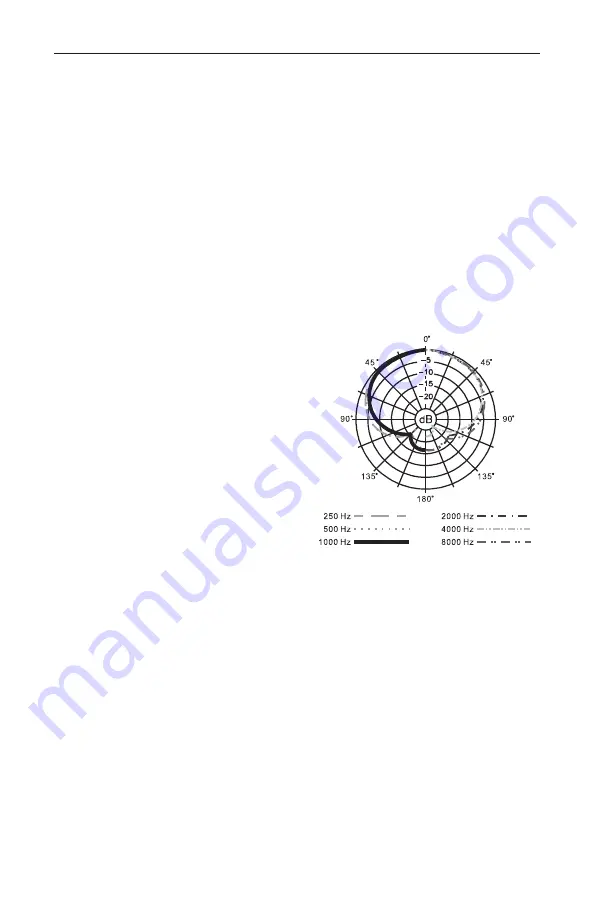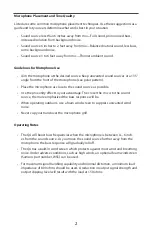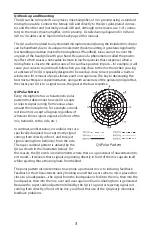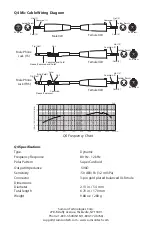
3
Q4 Hook-up and Mounting
The Q4 can be connected to any mixer, mixer/amplifier, or mic preamp using a standard
microphone cable. Connect the female XLR end directly to the Q4’s gold-plated connec-
tor and the other end (normally a male XLR end, although some mixers use 1/4" connec-
tors) to the mixer, mixer/amplifier, or mic preamp.
Detailed wiring diagrams for XLR and
XLR to 1/4 cables can be found on the back page of this manual.
The Q4 can be mounted to any standard microphone stand (using the included mic clip) or
can be handheld; due to its unique mic element shock mounting, it generates significantly
less handling noise than most other microphones. If handheld, take care not to cover the
any part of the head grille with your hand. Be aware of a phenomenon called the proxim-
ity effect which causes a noticeable increase in low frequencies (bass response) when a
microphone is close to the audio source. This can have positive impact—for example, it will
cause your voice to sound much fuller when you sing close to the mic than when you sing
at a distance. The Q4 is specially designed to be used up close, since it provides a built-in
windscreen for removal of pops, sibilance and on stage noise. The key to developing the
best mic technique is experimentation, along with awareness of the general principle that,
the closer your Q4 is to a signal source, the greater the bass response.
Q4 Polar Pattern
Every microphone has a characteristic polar
pattern that determines how well it accepts
or rejects signal coming from various areas
around the microphone. For example, omnidi-
rectional mics accept all signals regardless of
wherever those signals originate (in front of the
mic, behind it, to the side, etc.).
In contrast, unidirectional,
or cardioid
, mics are
specifically designed to accept mostly signal
coming from directly in front, and to reject
signal coming from behind or from the side.
The super cardioid pattern is utilized by the
Q4 (as shown in the illustration below). For
this reason, the Q4 excels in environments where there is a good deal of unwanted ambi-
ent sound—it delivers those signals originating directly in front of the mic capsule itself
while rejecting those that originate from behind.
The polar pattern also determines how prone a particular mic is to inducing feedback.
Feedback is that characteristic nasty howling sound that occurs when a mic is placed too
close to a loudspeaker—the signal from the loudspeaker is fed into the mic, then into the
loudspeaker, then into the mic, over and over again until an oscillating tone is generated.
Because the super cardioid pattern utilized by the Q4 is so good at rejecting signal not
coming from directly in front of the mic, you’ll find that use of the Q4 greatly minimizes
feedback problems.
Q4 Polar Pattern






















